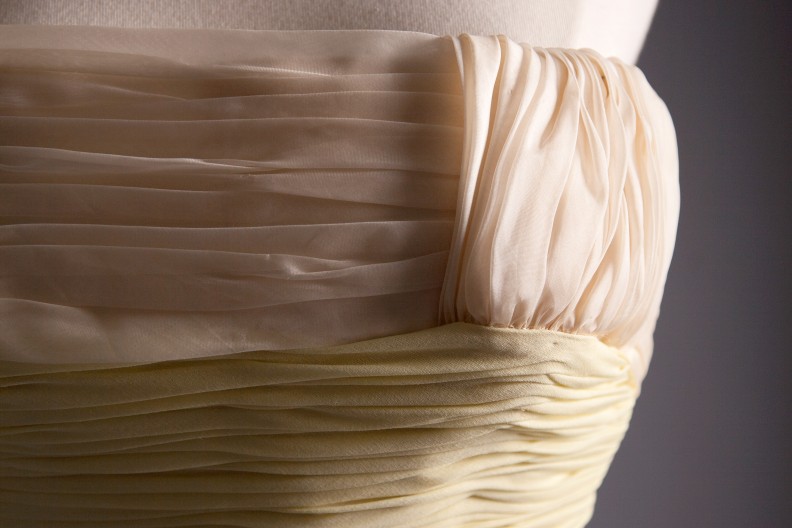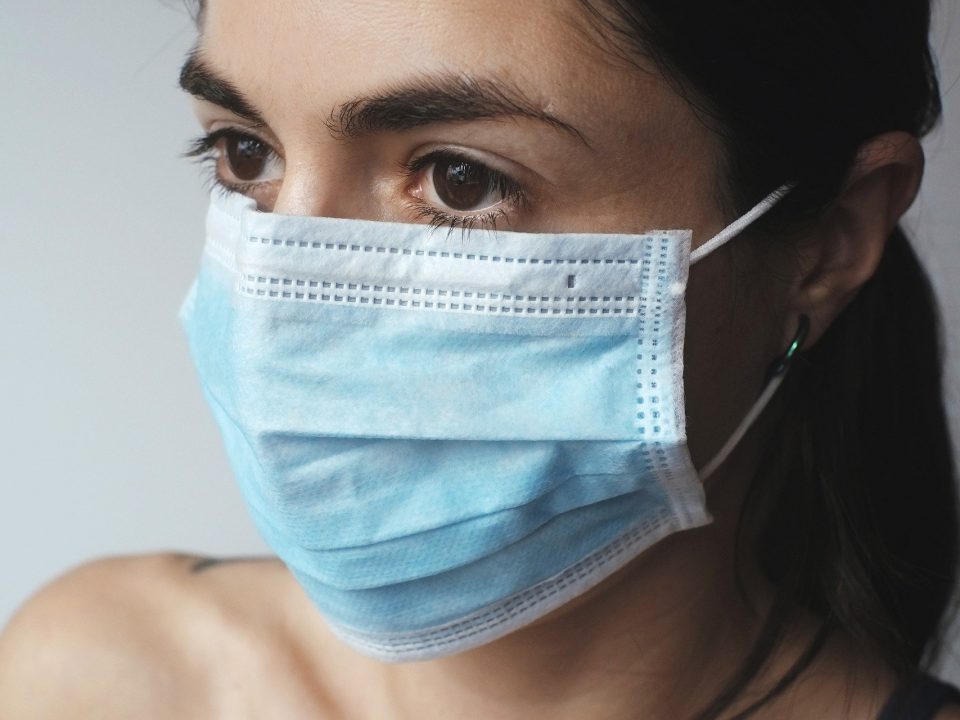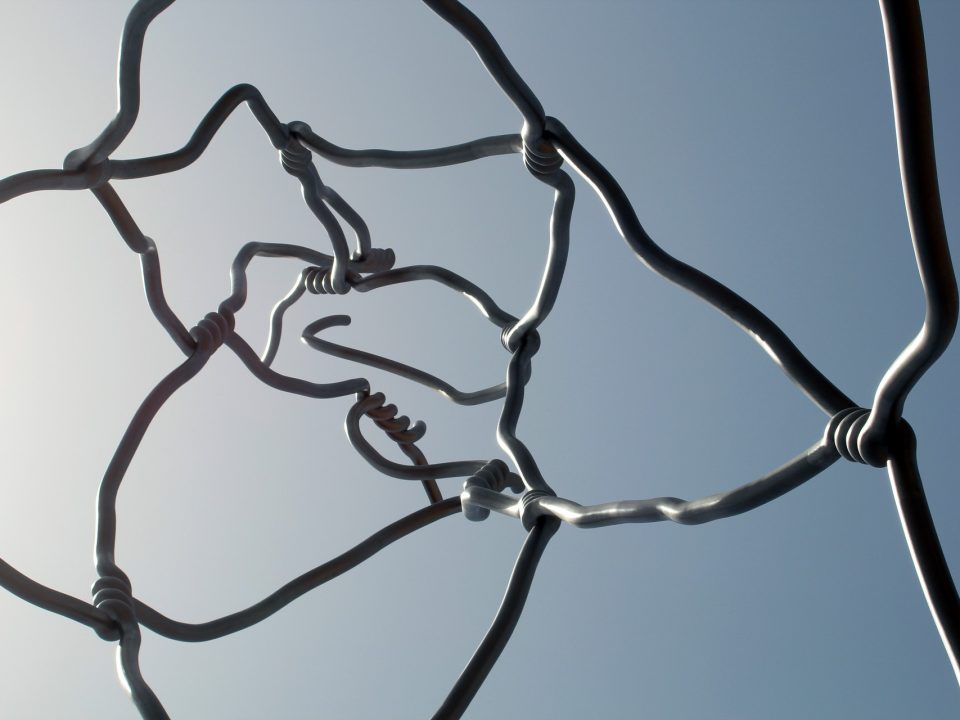Drexel’s Costume Collection on Display at Michener Art Museum

When founding Drexel University, Anthony J. Drexel set aside $1 million (which, in today’s dollars, equals about $26 million) for art and artifacts intended to inspire students to want to learn more. Part of that collection included textiles, many of which survived into the 21st century and are now part of the Robert and Penny Fox Historic Costume Collection, which is a collection of women’s fashion artifacts that separated from the main art collection in the mid-1900s. For over sixty years, the Fox Historic Costume Collection was used only as a teaching tool, closed off from the public eye.

Pieces from Drexel University’s phenomenal costume collection are now being shown at the Michener Museum.
That changed last year with the opening of “Immortal Beauty,” an on-campus exhibition in 2015. Still, however, the treasures in Drexel’s costume collection were not widely available to the public. Now, however, the James A. Michener Art Museum in Doylestown is presenting “Philadelphia in Style: A Century of Fashion from the Robert & Penny Fox Historic Costume Collection, Drexel University.” All reports say that the exhibit is already very popular, and curators are hoping it will only grow in appeal among its audience.
Louise Feder is a 2013 Tyler School of Art alumna and co-curator of the exhibit, along with Clare Sauro, collection curator and co-curator of “Philadelphia in Style,” had to whittle down the nearly 14,000 fashion pieces that make up the Fox Collection to just 34 items. It seems like a Herculean task, but Sauro made it easier by making up “object sheets” that helped determine whether each piece had a place in the collection. First of all, “For [the exhibit] they had to be bought in Philadelphia, worn in Philadelphia or by a Philadelphia designer,” she told Temple News. “I was strict about hitting at least two of those three marks.” Furthermore, the pieces chosen reflected the time the exhibit would open, which is early spring, so Sauro wanted it to be “joyous.” That meant focusing on light, springy colors (pink, yellow, green), floral prints, and light fabrics like lace and linen. Anything black, furry, or velvet was out. That helped narrow it down.
The end result, say Feder and Sauro, is a collection that really represents the history of women in Philadelphia.



